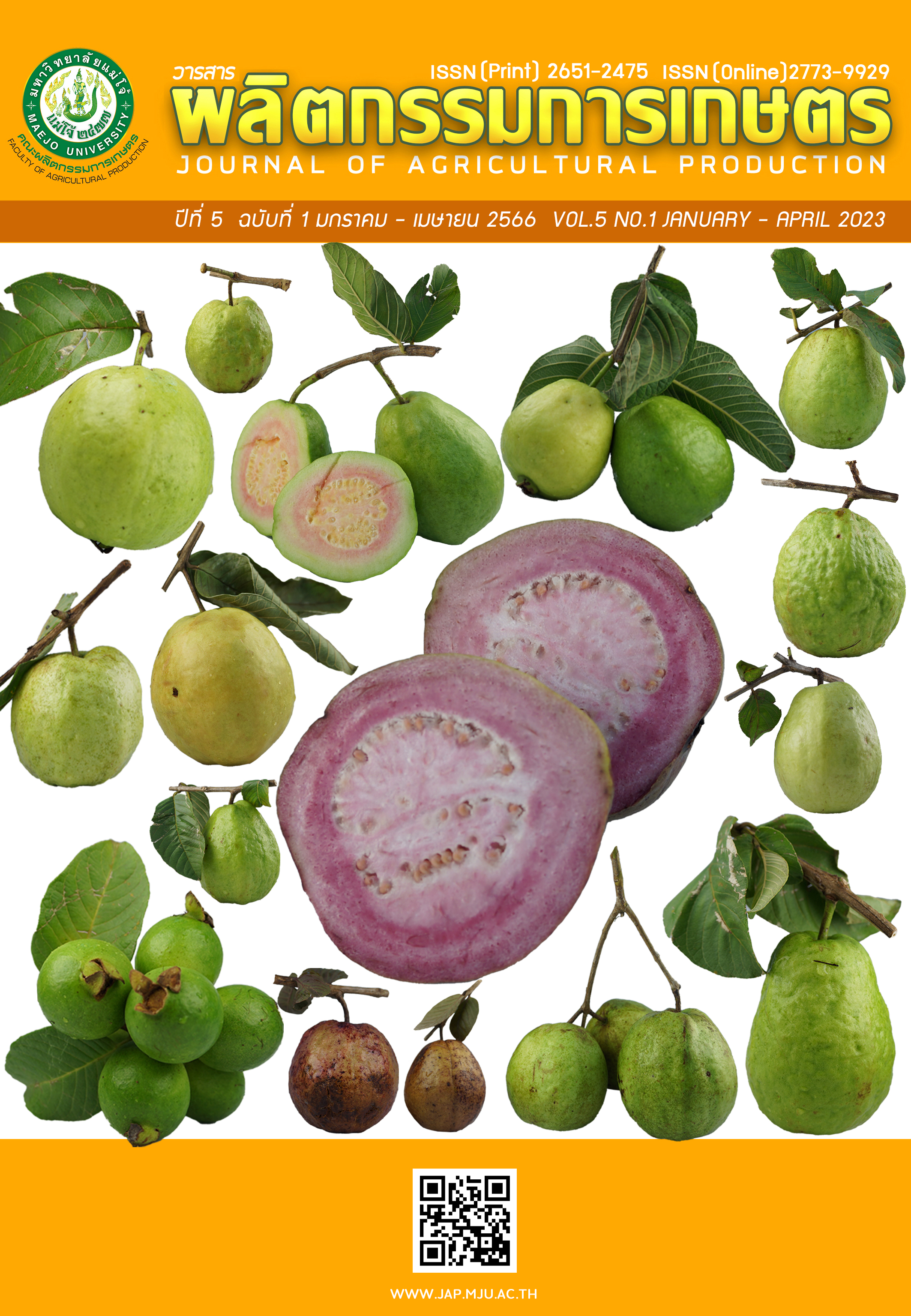Proliferative and Differentiative Effects of Cannabidiol in Primary Human Osteoblasts
Main Article Content
บทคัดย่อ
Cannabidiol (CBD), a cannabinoid component of Cannabis sativa that does not exert any psychological effect, has been widely utilized for several medical purposes. CBD is known for its analgesic, anti-inflammatory, and osteogenic properties. Periodontitis is a common oral disease that ultimately leads to alveolar bone destruction and tooth loss. This study aimed to investigate the proliferative and differentiative effects of CBD in human osteoblasts harvested from alveolar bone. To determine the cytotoxicity of CBD, primary osteoblasts, collected from alveolar bones of six healthy patients, were treated with various doses of CBD for 24 h and then analyzed by an MTT assay. Furthermore, the proliferative effect of CBD was determined by a Bromodeoxyuridine (BrdU) assay. Differentiation and biomineralization of treated osteoblasts were examined by alkaline phosphatase (ALP), Alizarin Red, and von Kossa staining, and confirmed by mRNA expressions of runt-related transcription factor (RUNX2), osteocalcin (OC), alkaline phosphatase (ALPL), bone sialoprotein (BSP), type I collagen (COL1A1), and transforming growth factor-beta1 (TGF-ß1). No cytotoxicity was found in the osteoblasts upon treatment with CBD up to 10 μM. The mean percentages of proliferation in the osteoblasts were significantly increased by treatment with CBD from 0.01 to 10 μM (p<0.05). The staining revealed significant increases in osteoblastic differentiation and biomineralization (p<0.05). Moreover, mRNA expressions of several osteoblast-specific genes, including RUNX2, OC, BSP, and TGF-ß1, were significantly up-regulated by treatment with CBD (p<0.05). The findings from this study indicate that CBD can induce proliferation and differentiation of osteoblast cells, isolated from human alveolar bone, resulting in promotion of biomineralization.
Article Details

อนุญาตภายใต้เงื่อนไข Creative Commons Attribution-NonCommercial-NoDerivatives 4.0 International License.
เอกสารอ้างอิง
Alghazali, K. M., Z. A. Nima, R. N. Hamzah, M. S. Dhar, D. E. Anderson, and A. S. Biris. 2015. Bone-tissue engineering: complex tunable structural and biological responses to injury, drug delivery, and cell-based therapies. Drug Metab. Rev. 47(4): 431-454.
Burstein, S. 2015. Cannabidiol (CBD) and its analogs: a review of their effects on inflammation. Bioorg. Med. Chem. 23(7): 1377-1385.
Cochran, D. L. 2008. Inflammation and bone loss in periodontal disease. J. Periodontol. 79: 1569-1576.
Idris, A. I., A. Sophocleous, E. Landao-Bassonga, R. J. Van’t Hof, and S. H. Ralston. 2008. Regulation of bone mass, osteoclast function, and ovariectomy-induced bone loss by the type 2 cannabinoid receptor. Endocrinology 149(11): 5619-5626.
Kang, M. A., J. Lee, and S. H. Park. 2020. Cannabidiol induces osteoblast differentiation via angiopoietin1 and p38 MAPK. Environ. Toxicol. 35(12): 1318-1325.
Kurzyk, A., B. Ostrowska, W. Święszkowski, and Z. Pojda. 2019. Characterization and optimization of the seeding process of adipose stem cells on the polycaprolactone scaffolds. Stem Cells Int., 2019.
Larsen, C., and J. Shahinas. 2020. Dosage, efficacy and safety of cannabidiol administration in adults: a systematic review of human trials. J. Clin. Med. Res. 12(3): 129.
Malfait, A., R. Gallily, P. Sumariwalla, A. Malik, E. Andreakos, R. Mechoulam, and M. Feldmann. 2000. The nonpsychoactive cannabis constituent cannabidiol is an oral anti-arthritic therapeutic in murine collagen-induced arthritis. Proceedings of the National Academy of Sciences 97(17): 9561-9566.
Pagano, S., M. Coniglio, C. Valenti, M. I. Federici, G. Lombardo, S. Cianetti, and L. Marinucci. 2020. Biological effects of Cannabidiol on normal human healthy cell populations: Systematic review of the literature. Biomed. Pharmacother. 132: 110728.
Pathomburi, J., S. Nalampang, A. Makeudom, J. Klangjorhor, C. Supanchart, and S. Krisanaprakornkit. 2020. Effects of lowdose irradiation on human osteoblasts and periodontal ligament cells. Arch. Oral Biol. 109: 104557.
Petrescu, N. B., A. Jurj, O. Sorițău, O. P. Lucaciu, N. Dirzu, L. Raduly, I. Berindan-Neagoe, M. Cenariu, B. A. Boșca, and R. S. Campian. 2020. Cannabidiol and vitamin D3 impact on osteogenic differentiation of human dental mesenchymal stem cells. Medicina 56(11): 607.
Pisanti, S., A. M. Malfitano, E. Ciaglia, A. Lamberti, R. Ranieri, G. Cuomo, M. Abate, G. Faggiana, M. C. Proto, and D. Fiore. 2017. Cannabidiol: State of the art and new challenges for therapeutic applications. Pharmacol. Ther. 175: 133-150.
Qi, X., C. Liu, G. Li, H. Luan, S. Li, D. Yang, and Z. Zhou. 2021. Investigation of in vitro odonto/osteogenic capacity of cannabidiol on human dental pulp cell. J. Dent. 109: 103673.
Raphael-Mizrahi, B., and Y. Gabet. 2020. The cannabinoids effect on bone formation and bone healing. Current Osteoporosis Reports, 1-6.
Tripuwabhrut, P., M. Mustafa, C. G. Gjerde, P. Brudvik, and K. Mustafa. 2013. Effect of compressive force on human osteoblast-like cells and bone remodelling: an in vitro study. Arch. Oral Biol. 58(7): 826-836.


